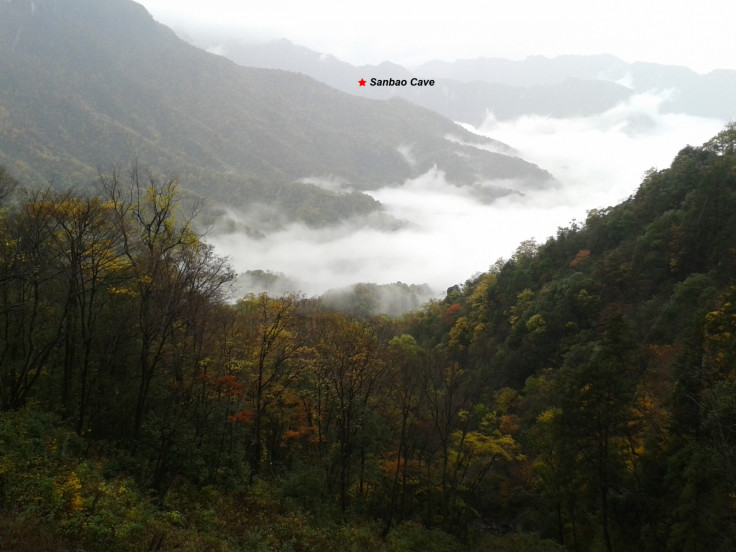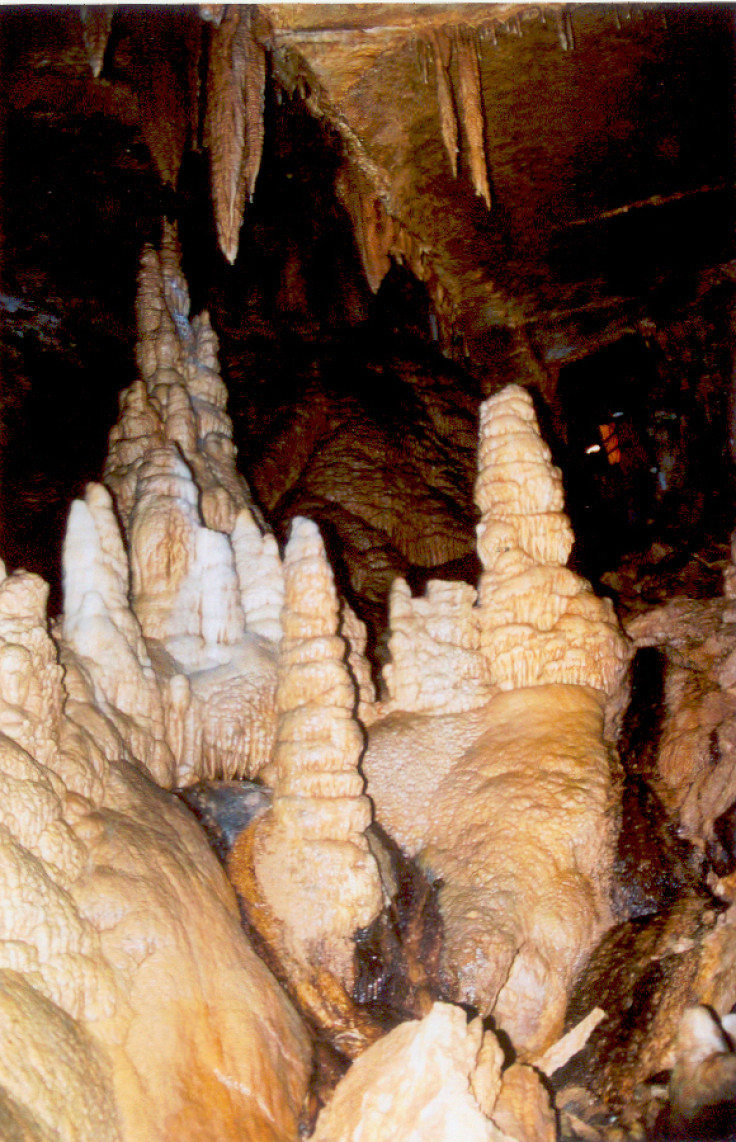Stalagmites in China tell the story of the Asian Monsoon and the end of ice ages
Dating stalagmites and measuring oxygen isotope levels allows researchers a clearer picture of past climate.

A detailed analysis of stalagmites in the Chinese cave of Sanbao has revealed that cyclical changes in the level of solar radiation reaching the Earth may have contributed to the end of the seven most recent ice ages. The stalagmites also provided the most detailed and accurate record to date of variations in the Asian Monsoon.
Scientists generally use uranium/thorium dating to determine the age of calcium carbonate materials such as stalagmites. In this study published in Nature, the researchers used this method to date the stalagmites in the cave. They managed to date them back to 640,000 years ago – pushing back the limits of how far it is possible to go back in time with uranium/thorium dating.
The researchers also measured oxygen isotope levels to determine past characteristics of the climate, such as temperature and monsoon strength.
Combined with the uranium/thorium dating, this stalagmite data enabled them to precisely date when different climatic events occurred over hundreds of thousands of years, and to investigate whether cyclical changes in the level of solar radiation had anything to do with it.
Monsoon strength and ice age
The scientists used four stalagmites that they collected 1.5km (just under a mile) from the cave mouth, and dated their formation with the uranium/thorium dating technique. They also used the stalagmites to construct a record of composite oxygen levels starting from 640,000 years ago.

Over this long period of time, the gradual shift in the orientation of Earth's axis of rotation – a process known as precession – caused changes in solar radiation. This new record suggests that precession led to the end of ice ages as well as the reduction of rainfall during Monsoon season recorded by the stalagmites.
"Insolation changes caused by the Earth's precession drove the terminations of each of the last seven ice ages as well as the millennia-long intervals of reduced monsoon rainfall associated with each of the terminations", the scientists have said.
Another interesting finding is that oxygen isotope record they have come up with also indicates that the end of each ice age were separated by four or five precession cycles, each lasting around 20,000. This supports the commonly accepted idea that ice age cycles are separated by 100,000 years.
© Copyright IBTimes 2024. All rights reserved.






